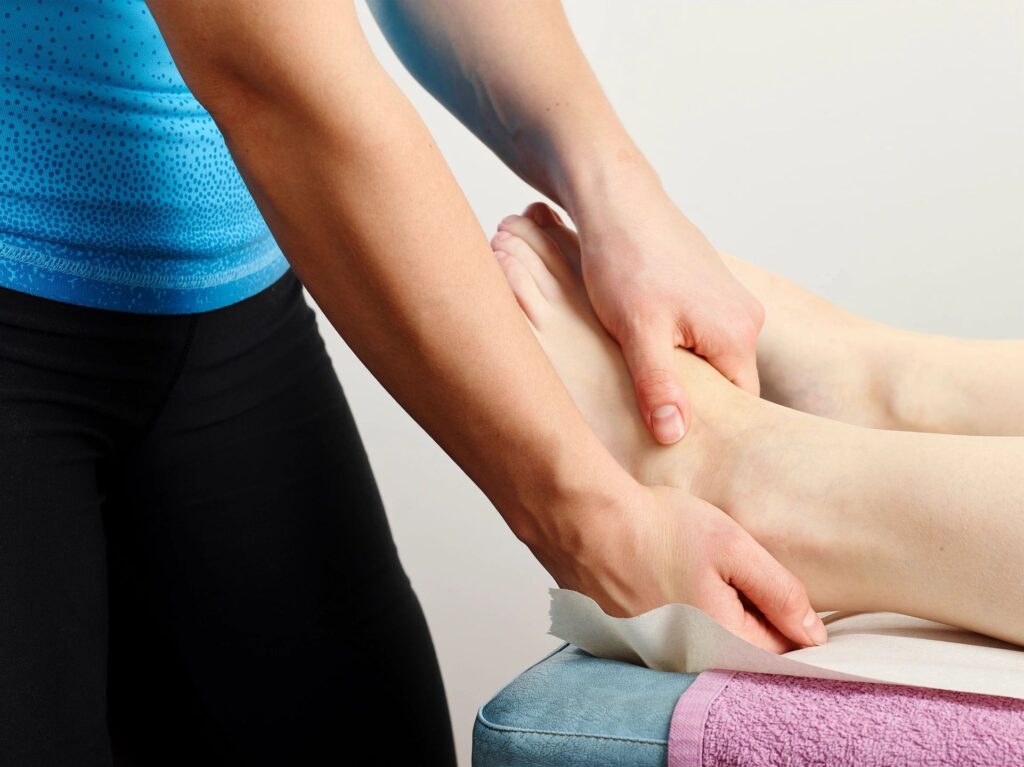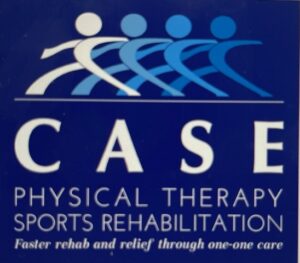Regain Body Function and Movement Through Physical Therapy
Post-surgery recovery for physical therapy involves a systematic and personalized approach to help patients regain strength, flexibility, and function after a surgical procedure. The specific protocols can vary based on the type of surgery, individual patient characteristics, and the surgeon's recommendations.
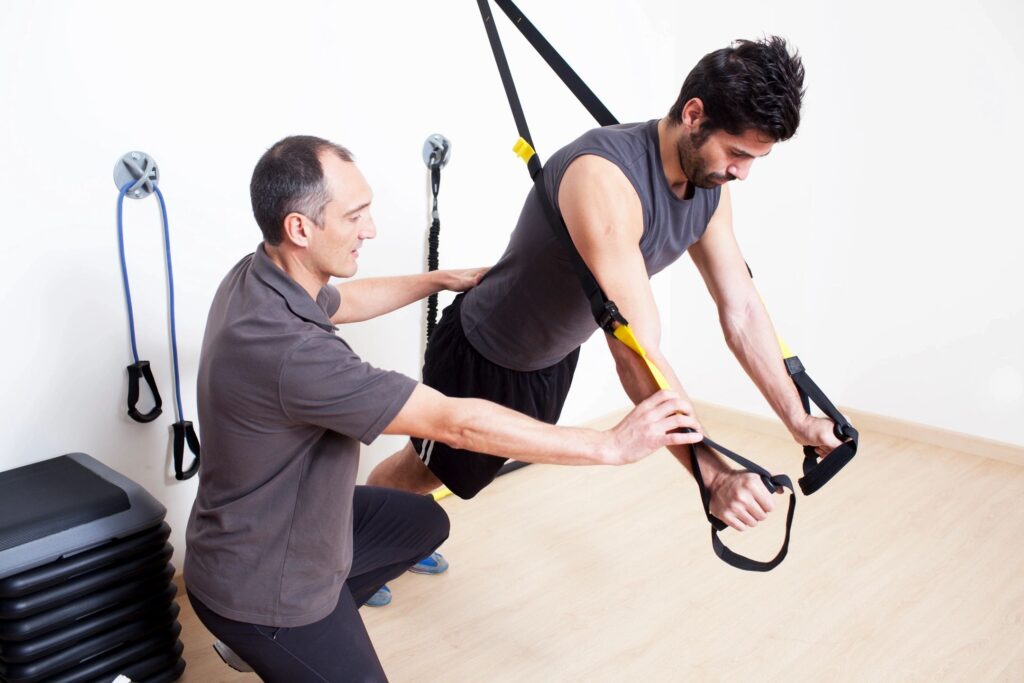
Athletic injuries refer to injuries that occur during sports or other physical activities. These injuries can affect various parts of the body, including muscles, tendons, ligaments, bones, and joints. Physical therapists play a crucial role in the rehabilitation of individuals who have sustained athletic injuries.
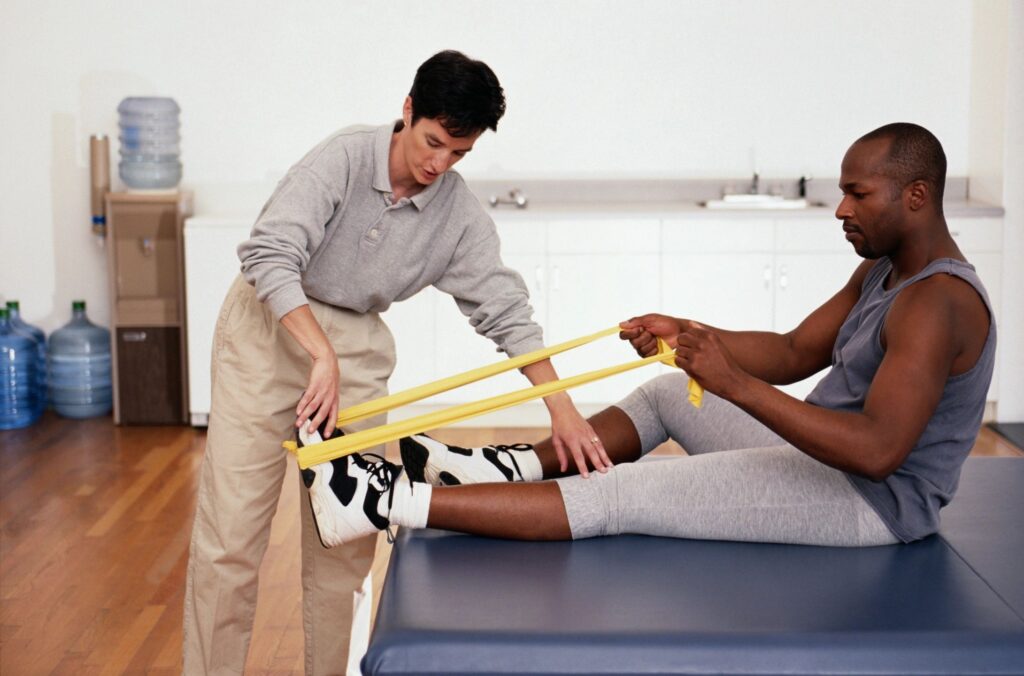
Orthopedic injuries refer to injuries that involve the musculoskeletal system, which includes the bones, joints, muscles, tendons, ligaments, and other connective tissues. These injuries can result from trauma, overuse, or degenerative conditions and often require physical therapy as part of the treatment and rehabilitation process.
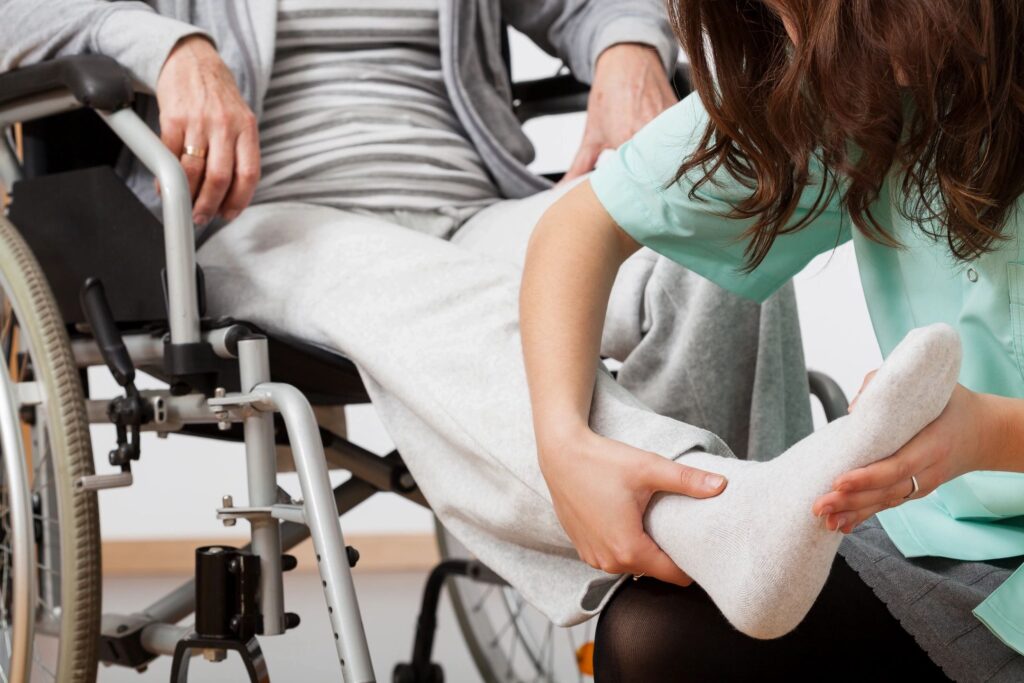
Back pain is a common condition that can affect people of all ages and can result from various causes. Physical therapy is often prescribed as a conservative and non-invasive approach to manage and treat back pain.

Neck pain in physical therapy refers to the discomfort or pain experienced in the cervical region of the spine, which includes the neck and upper back.
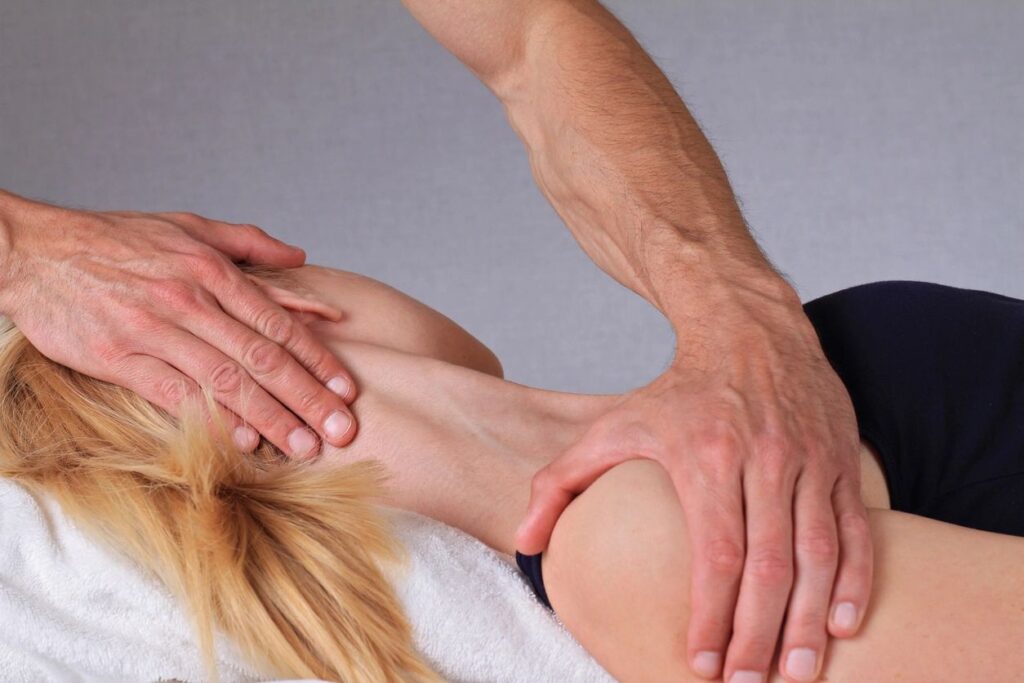
Total joint replacement, also known as joint arthroplasty, is a surgical procedure in which a damaged or arthritic joint is replaced with an artificial implant. This procedure is commonly performed on major weight-bearing joints such as the hip and knee, but it can also be done on other joints such as the shoulder, elbow, and ankle.
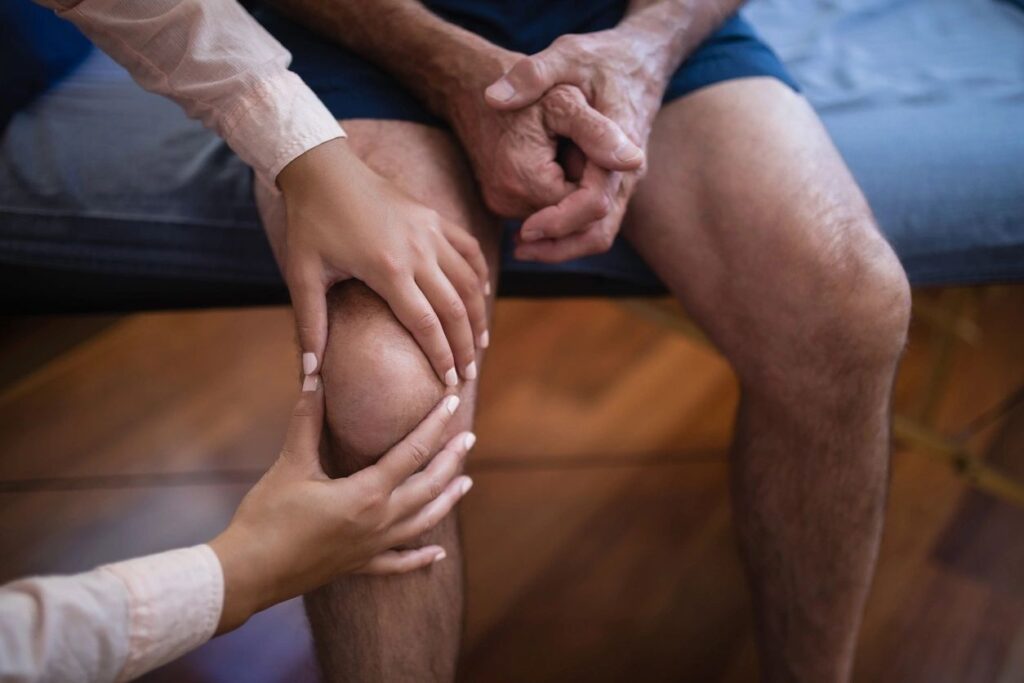
Knee injuries are common in sports and everyday activities, and they often require physical therapy for rehabilitation. Here are some common types of knee injuries and how physical therapy may be involved in their management:
- ACL (Anterior Cruciate Ligament) Injury, ACL is a ligament in the knee that helps stabilize and control movement. Injuries to the ACL often occur during sports that involve sudden stops, changes in direction, or direct impact.
- MCL (Medial Collateral Ligament) or LCL (Lateral Collateral Ligament), can be injured. These injuries often result from a direct blow to the knee or from twisting motions.
- Muscular injuries around the knee can occur due to overuse, strain, or direct trauma.
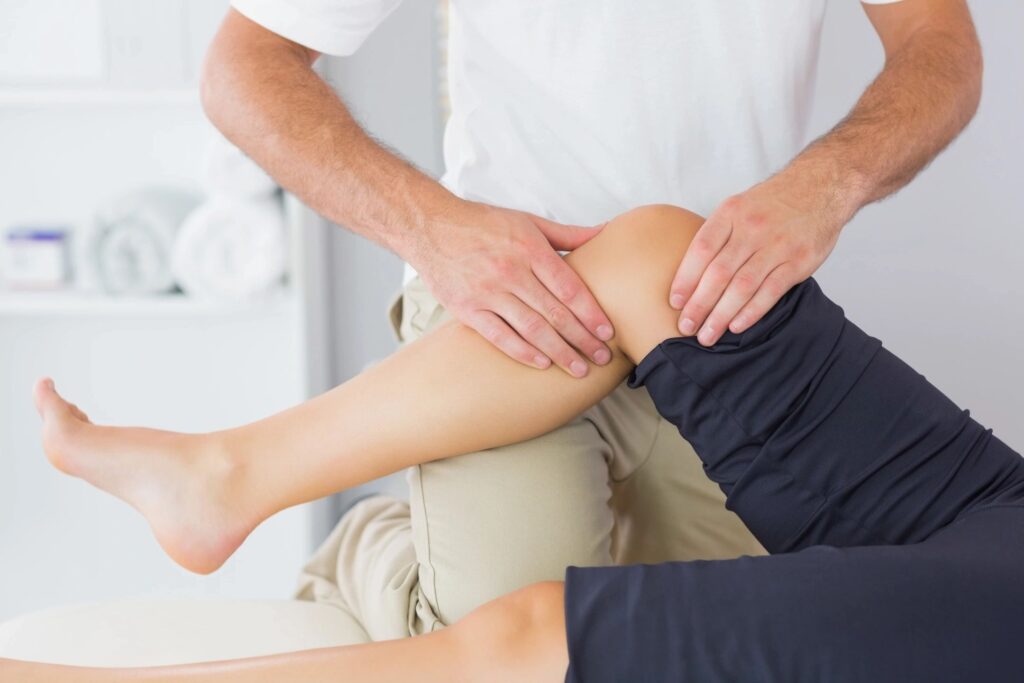
Shoulder dysfunction refers to a range of conditions that affect the structures of the shoulder, leading to pain, weakness, and limited range of motion. Some common shoulder issues treated in physical therapy include rotator cuff injuries, tendonitis, and impingement syndrome.
- Rotator Cuff Injuries - The rotator cuff is a group of four muscles and their tendons that surround the shoulder joint, providing stability and allowing for a wide range of motion. Rotator cuff injuries can include tears, strains, or inflammation of these muscles and tendons. Causes of rotator cuff injuries may include overuse, trauma, degeneration with aging, or poor biomechanics.
- Tendonitis - is the inflammation of a tendon, which is the thick cord that attaches muscles to bones. In the shoulder, common areas for tendonitis include the rotator cuff tendons. Overuse, repetitive motion, or sudden increases in activity can contribute to tendonitis. Tendonitis can cause pain, swelling, and difficulty moving the affected shoulder.
- Impingement Syndrome - Shoulder impingement occurs when the space between the acromion (a bony process of the shoulder blade) and the rotator cuff narrows, causing compression and irritation of the tendons. This can lead to pain and inflammation, especially during overhead activities or reaching movements. Factors such as poor posture, muscle imbalances, or anatomical variations can contribute to impingement.

Hip injuries is injuries that affect the hip joint, which is a ball-and-socket joint connecting the thigh bone (femur) to the pelvis. The hip joint is crucial for various movements such as walking, running, and jumping, and injuries to this area can significantly impact a person's mobility and quality of life.

Foot and ankle injuries refer to injuries that affect the structures of the foot and ankle, including bones, muscles, ligaments, tendons, and joints. These injuries can result from various causes, such as trauma, overuse, or medical conditions. Common types of foot and ankle injuries include:
- Sprains - Stretching or tearing of ligaments that connect bones.
- Strains - Overstretching or tearing of muscles or tendons.
- Fractures -Breaks or cracks in the bones of the foot or ankle.
- Tendonitis - Inflammation of tendons, often due to overuse or repetitive stress.
- Plantar Fasciitis - Inflammation of the plantar fascia, a thick band of tissue that supports the arch of the foot.
- Achilles Tendon Injuries - Injuries to the Achilles tendon, which connects the calf muscles to the heel bone.
- Stress Fractures - Small cracks in the bones caused by repetitive stress or overuse.
- Bunions - Bony bumps that form on the joint at the base of the big toe.
- Ingrown Toenails - Toenails that grow into the surrounding skin, causing pain and inflammation.
- Dislocations - Displacement of bones at a joint, which can occur in the ankle joint.
- Tarsal Tunnel Syndrome - Compression of the tibial nerve as it passes through the tarsal tunnel on the inside of the ankle.
- Gout - A type of arthritis caused by the buildup of uric acid crystals in the joints, often affecting the big toe.
- Metatarsalgia - Pain and inflammation in the ball of the foot.
